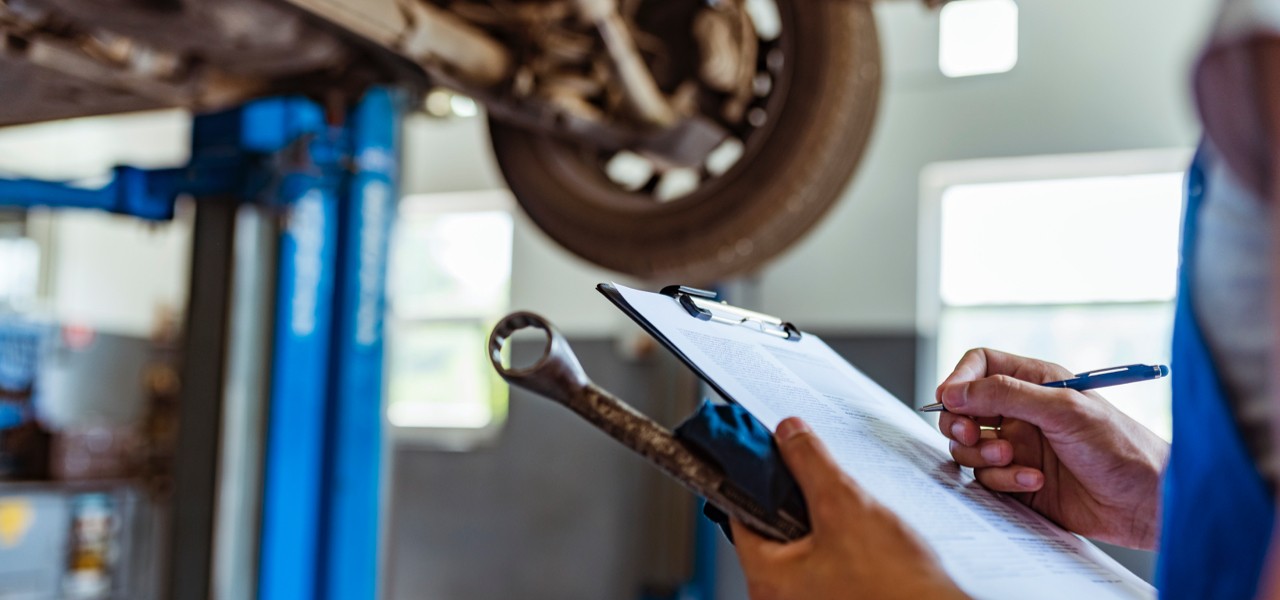
Shocks 101
Shock & Strut Inspection - Safety Triangle
Understanding the Safety Triangle™
Your car relies on countless parts working in perfect harmony to power it down the road. The key for ensuring proper steering, stopping and stability are interconnected undercar parts. The tires, brakes, and ride control parts, like shocks and struts, come together to give you control of your vehicle.
When even just one of these parts isn’t performing as it should, it can affect your ability to stop or steer your vehicle. Having these critical parts inspected on a routine basis ensures that issues are identified and repaired before it becomes a serious problem that affects your ability to safely operate your vehicle. That’s where the Safety Triangle Inspection comes in.
What is a Safety Triangle Inspection?
The Safety Triangle Inspection consists of a three-part process during which your service provider checks the critical interconnected system components that allow you to safely control your vehicle. Shocks and struts are connected to these three areas your service provider will examine:
Steering
Shocks and struts help evenly distribute your car’s weight over all four tires, improving handling during turns.
Stopping
By reducing the rate of weight transfer and keeping tires and wheels in contact with the road, shocks, struts, and brakes work together to help your vehicle stop sooner under rough driving conditions.
Stability
Shocks, struts, and tires work together to help maximize tire-to-road contact, improving vehicle stability and minimizing weight transfer.
To ensure peace-of-mind, have a complete Safety Triangle Inspection performed every time your vehicle is brought in for tire, brake or alignment service.
Why it’s Important
Like other safety-critical ride control components, shocks and struts wear out over the course of normal operation. The rate of wear depends on a wide range of variables such as road and environmental conditions, your driving style, and vehicle load.
In general, shocks and struts wear so gradually that the negative effects - reduced steering precision, stopping performance and/or vehicle stability - might not be easily recognized in normal driving conditions. In addition to these safety concerns, worn shocks and struts could negatively affect:
- Passenger comfort
- Rate and pattern of tire wear
- Dynamic wheel alignment
- Brake life
- Durability of other ride control parts
Monroe® wants you and your vehicle to be safe. Are you possibly driving on worn shocks and struts? To find out, visit your local service provider and ask for a Safety Triangle inspection. Find a Monroe dealer near you.
Be smart. Ask for a Safety Triangle inspection today!
Learn more about quality shocks, struts, and strut assemblies, find the right car part, or find a local repair shop today.
The content in this article is for informational purposes only. You should consult with a certified technician or mechanic if you have questions relating to any of the topics covered herein. Tenneco will not be liable for any loss or damage caused by your reliance on any content.